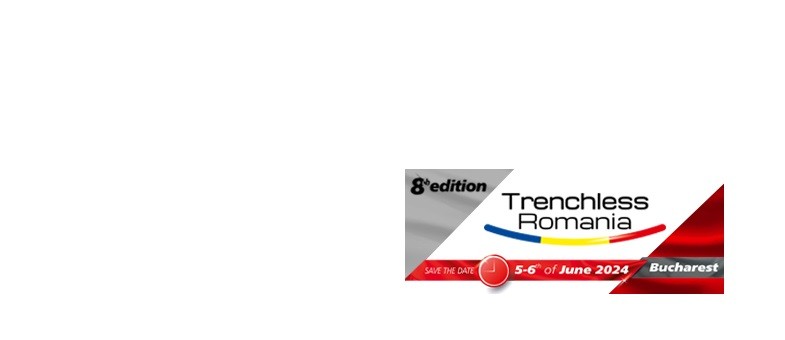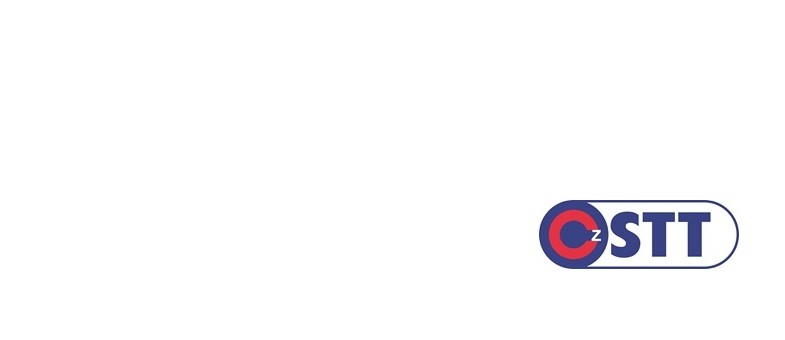Welcome to ISTT
Webinar — 2024-07-02
Damage, Causes, and Consequences of Damage during Utility Tunneling
Category: Pipe Jacking
 Presenter: Dr.-Ing. Robert Stein
Presenter: Dr.-Ing. Robert Stein
Date: 2 July 2024
Organization: Stein & Partner GmbH/STEIN Ingenieure GmbH, Germany
Time: 14:00 GMT, 10:00 US EST, 16:00 CEST
URL: click here
 Click to get access to video (Members Only)
Click to get access to video (Members Only)
Utility Tunnelling, which includes pipe jacking and microtunnelling, is becoming the predominant construction method for drainage pipelines in metropolitan areas worldwide. With this rise in popularity comes the demand for ever more challenging projects. Put simply, utility tunneling projects are reaching ever greater depths and lengths. In addition, there is a demand for driving curves, S-curves, and even multiple space curves within a single section to optimize the route and increase the cost-effectiveness of pipe jacking. This shift in application limits also increases the risk of execution errors during utility tunneling. This webinar, therefore, presents possible damage, causes, and consequences of damage during pipe jacking and microtunnelling, thus providing important engineering know-how to ensure damage-free Utility Tunnelling even under more demanding boundary conditions. Specifically, damage, causes, and consequences of leaking pipe connections, cracks, spalling, position changes of the jacking pipes, and damage to jacking components are addressed.


About Dr.-Ing. Robert Stein
Dr.-Ing. Robert Stein is the Managing Associate of Prof. Dr.-Ing. Stein & Partner GmbH and Managing Director of STEIN Ingenieure GmbH and STEIN Infrastructure Management GmbH. He has been involved with a multitude of utility tunnelling projects. Most notably, as the project manager responsible for the approval process, planning, supervision and quality control of the 52 km long, DN 1400 - DN 2800, deep tunnel sewage system “Emscher Kanal”for the federal state of North Rhine-Westphalia. For the construction of the gas pipeline Nord Stream running through the Baltic Sea, he was in charge of the feasibility study for a trenchless connection of the pipeline in the area of the Greifswalder Bodden on behalf of Nord Stream AG, Switzerland. Since 1995, he has published more than 100 publications, reports, expertise, and feasibility studies. He is the author of the reference book“Wertermittlung von Abwassernetzen (Asset Valuation of Sewer Networks),” Trenchless Technology for Installation of Cables and Pipelines – 2nd Volume: Horizontal Directional Drilling (HDD), of the chapter on pipe jacking works (ATV DIN 18319) and co-author of the 4th edition of the international bestseller “Instandhaltung von Kanalisationen” (Rehabilitation of Drain and Sewer Systems) as well as of various technical articles.
Read More... Cart
Cart







